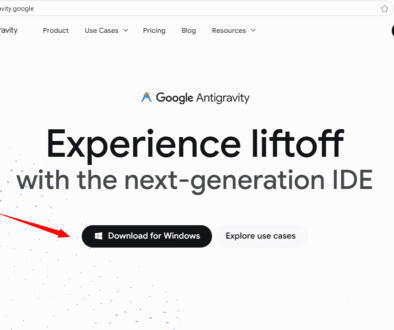AI Chatbot Types
AI Chatbot Types
AI chatbots are computer programs designed to simulate human conversations. They use a combination of artificial intelligence (AI), natural language processing (NLP), and sometimes machine learning (ML) to understand and respond to user inputs. From answering simple questions to helping users navigate services or make decisions, AI chatbots have become increasingly popular in websites, apps, and customer service platforms.
Let’s explore the most common types to understand how they work and where they are used. There are different types of AI chatbots, each with varying levels of complexity and intelligence.
- Rule-based Chatbots
- Retrieval-based Chatbots
- Generative Chatbots
Rule-Based Chatbots
Rule-based chatbots work on predefined rules and decision trees. They follow if-then logic to respond to user inputs. These chatbots are limited in their responses and can’t handle complex or unexpected queries. They are ideal for answering FAQs or providing step-by-step guidance. Rule-based bots are simple to build and are used in basic customer support scenarios.
Retrieval-Based Chatbots
Retrieval-based chatbots use a fixed set of predefined responses and select the most appropriate one based on user input. They rely on matching algorithms and NLP techniques to understand the context of the question. These bots cannot generate new responses but are better than rule-based bots in handling varied inputs. They are commonly used in business applications and support systems.
Generative Chatbots
Generative chatbots use advanced AI models, often based on deep learning, to generate responses on the fly. Unlike rule-based or retrieval-based bots, they do not rely on a fixed response bank. Instead, they understand the context and generate original replies, making conversations more human-like. These chatbots are powerful but require a large amount of data and computational resources to train. They are used in virtual assistants and advanced customer engagement systems.
